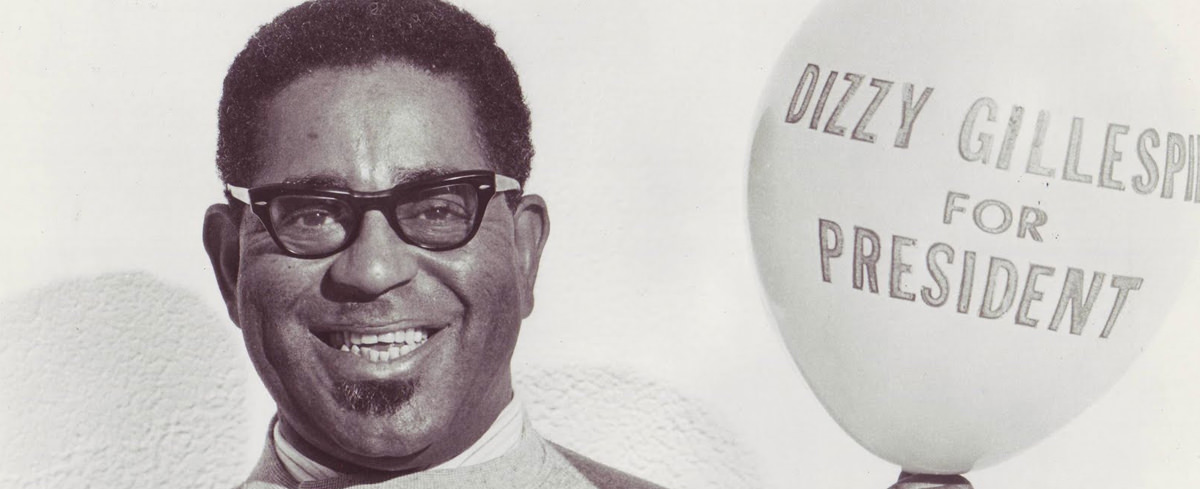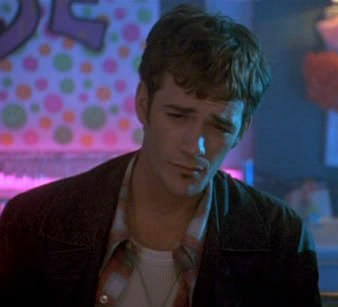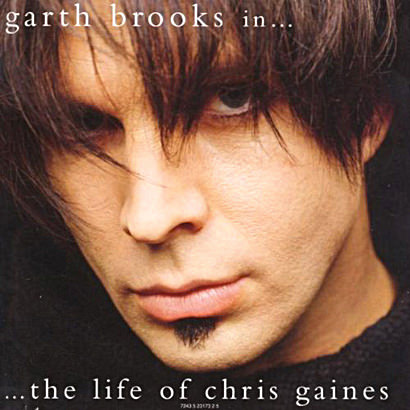The meaning of the soul patch: a brief history
It’s a question that’s long plagued philosophers of the world’s smallest beard. The soul patch appears almost at random, as if a Wooly Willy magnetic pen had dragged it underneath the lip. It’s the most ambitiously named facial hair, claiming to give access to soul itself (a goatee would never be so brash). But what does it mean? To understand the soul patch, we have to learn where it comes from. The true soul patch—the one that deserves the moniker—isn’t compromised by the presence of distracting sideburns, mustaches, or other facial hair. It’s a small, tidy nest of hair below the lower lip, and that’s it. A mouche in combination with a goatee or long sideburn may be innovative, but for our purposes, it is not a soul patch.That rules out other contenders to claim the patch. For example, Frank Zappa had a significant soul patch, but it was coupled with a giant mustache so large that he trademarked it. Similarly, the hair below the lip is called the mouche (French for fly), but the term mouche is usually used in combination with other facial hair. A mouche in combination with a goatee or long sideburn may be innovative, but for our purposes, it is not a soul patch. Our terms defined, it’s clear where the soul patch came from. The soul patch has its roots in the beatnik fashion of the fifties, when hipsters and artists artfully cultivated hair under their lip. But they got it from jazz culture of the same era. The main popularizer? Dizzy Gillespie, inventor of the jazz dab. John Birks “Dizzy” Gillespie was born in 1917, which was perfect timing to popularize the jazz dab in the 40s and 50s. Though he occasionally wore his proto soul-patch with a mustache, when he wore it by itself, it became a distinctive trademark. Soon, it was known as a “Dizzy Gillespie beard” and was imitated by jazzmen and, eventually, beatniks. Though other artists doubtless wore the look, Dizzy made it famous. After the 50s, the soul patch began a long retreat, but the seeds of perceived authenticity had been sown. The facial hair was associated with the artistic intensity of the beatniks and jazz. From there, it was easy for the jazz dab to become the soul patch. Buffy the Vampire Slayer It’s hard to pinpoint exactly when people started calling the jazz dab and Dizzy Gillespie beard the soul patch. Of all places, one of the first mentions comes up in National Lampoon, where a character has “a little Dizzy Gillespie under-the-lip beard he called his soul patch.” The growth of the goatee in the late 80s and early 90s encouraged experimentation with the beard, but the patch breakthrough hadn’t happened yet. From the 70s on, Tom Waits had a soul patch that was occasionally a goatee, and the Blues Brothers wore soul patches that looked a lot like under-lip shadows. There were other soul-patch wearers too, no doubt, but the soul patch was still in search of its champion. It found one in Luke Perry, thanks to Perry’s role in 1992′s Buffy the Vampire Slayer. Ironically, the soul patch was actually fake (co-star Kristy Swanson’s cat once licked it off and ate it), but the lack of authenticity didn’t hurt the soul patch’s popularity. Perry’s soul patch in Buffy gave a major platform to the bourgeoning facial hair style, and as a reaction to goatee wearers and clean-shaven men, it caught on. Spy was hip to the term, and the same year it made a cameo in Rick Moody’s Garden State, though Moody had to explain that the hair was “whiskering a half inch under his lower lip.” Successfully reintroduced to the culture, the soul patch began its ascent. The Life of Chris Gaines Perry and Buffy got the patch growing, and from there, nobody could shave it off. In 1995, Boston Globe reporter Pamela Reynolds was first on the beat. Her interviewees attributed an interest in jazz and a desire to bring “facial hair down to its essence” as the inspiration behind their soul patches. The soul patch continued to grow in popularity, and in 1998 it was added to copy editing dictionaries. The next year, it broke out thanks to more celebrity endorsements. In 1999, it was spotted under Mike Piazza’s lip, on the ice with Apolo Ohno, and, most notably, on the face of Garth Brooks’s alter-ego, Chris Gaines. The celebrity boosts pushed the soul patch into the mainstream. Ski lodges changed their policies to allow instructors to wear soul patches, and by 2003, 4% of men said they donned the look. The reasoning? It probably has little to do with beatniks, Dizzy Gillespie, or even Tom Waits and Frank Zappa. One 1995 soul-patcher, who grew a patch in after seeing it on TV, put it best: I just think it looks cool…I get a lot of comments. People say, “Hey, you missed a spot.’ But I like it this way.Defining the soul patch
The origin of the soul patch: the jazz dab

An early nineties comeback gives a hairy patch soul (thanks in part to Luke Perry)

The soul patch makes it big, with a peak in 1999





